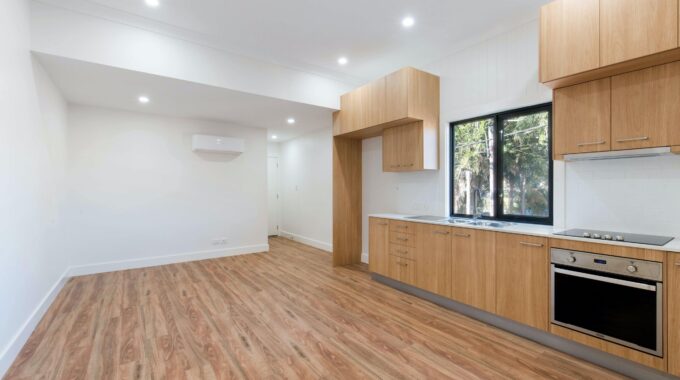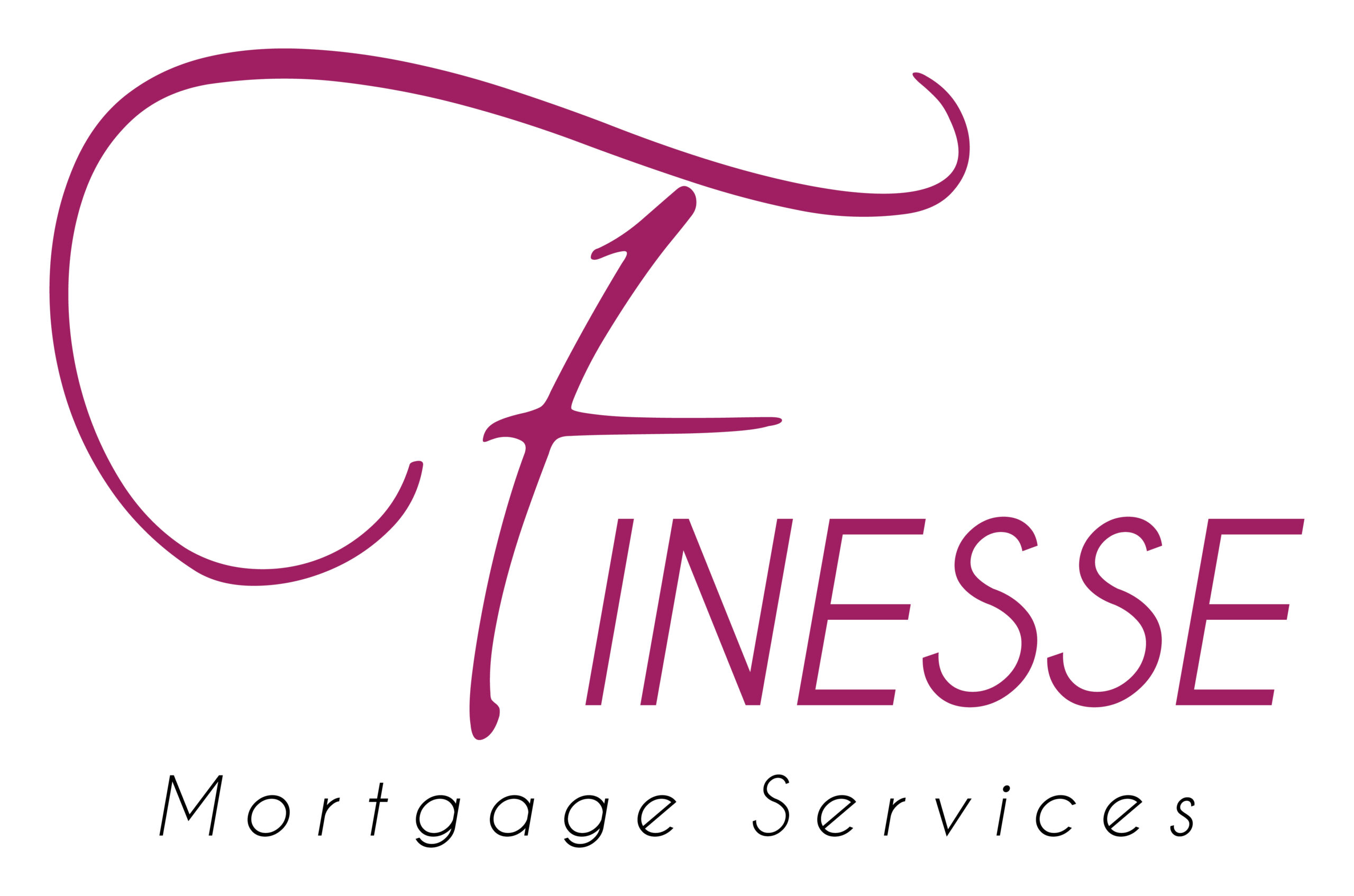
How to Grow Your Property Portfolio as a Landlord
Property remains a good investment and in the last decade, property value has inflated. As a result, the investment market has seen an increase on individuals buying properties and renting them out to cover the loan cost.
Buying to let is an effective income producing investment in which you buy a property and rent it to tenants as opposed to your own living purposes. You can make a profit through the rent charged providing it is significantly higher than the monthly mortgage repayments, alongside this you can stand to make a capital gain when (or if) the property is eventually sold.
Deals are often available on buy to let mortgages at a maximum of 75% loan to the value of the property which leaves you to make up 25% as a deposit. Compared to a residential mortgage, they operate using a rent to interest(RTI) calculation, meaning you must prove that you can earn enough to cover the mortgage’s monthly repayments and any rent must reach at least145% of the payment.
It is worth keeping in mind that some lenders will require you to be a current property owner before allowing you to purchase a buy to let.
A buy to let is a good investment in the sense that you can control it and once you have reliable long-term tenants settled within that property and an effective property management strategy in place, the results generally speak for themselves with little effort on your part.
Just like other investments, there is risk involved too. The decline of the market value of your property when it is sold can cause significant loss and failing to keep up with the repayments on your mortgage could result in repossession of your property.
It’s wise to think carefully and speak with a specialist where possible.
Becoming a landlord also comes with its own responsibilities, you need to assure your tenants that a tenancy contract protects their right to live in the property. This is a contract between you and your tenants, ensures their living for a fixed duration and is known as an assured shorthold tenancy (AST).
You should also have a tenancy deposit protection scheme in place that guarantees to return their deposit at the end of the term if the property is in good order when they leave.



